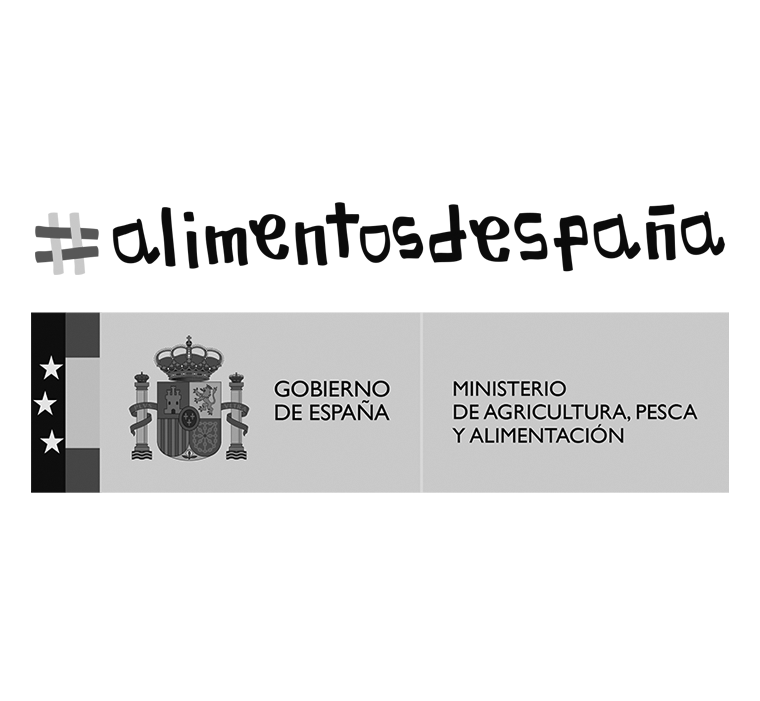The VI APCP Activities consolidate Advertising Film at the Malaga Festival
The Association of Advertising Film Producers (APCP) held today its 6th edition of the Advertising Film Production Activities, within the framework of the Malaga Festival.
Teatro Echegaray in Malaga vibrated on Wednesday morning with the inauguration of the VI Advertising Film Production Activities. Juan Antonio Vigar, director of the Malaga Festival, and Belén Carrasco from the Malaga Film Office, kicked off a day full of expectation and enthusiasm.
Juan Antonio Vigar was grateful to be at Teatro Echegaray with APCP for the sixth time. ‘Advertising film is very important to us’, he adds. Since 2001, ‘it has given us nothing but happiness, we are growing more and more’. Out of 588 film projects, 101 were for advertising last year.
In relation to the numbers, Belén Carrasco added that the filming left 18 million euros. And, very grateful for these activities, she explained that ‘they create synergies in the industry and promote the audiovisual industry.
To begin the presentations, he explained that the Malaga Film Office attracts more projects and generates employment. ‘Advertising has always had a wonderful relationship with Malaga and wants to continue to do so’. To close, he explains that we must be committed to the environment because ‘the most important location is the planet’.
Go behind the scenes of Virtual Production with David I. García Virtual Production with David I. García
The first of the presentations of the VI Advertising Film Production Activities started at 10:00 am. This was ‘Virtual Production: Behind The Scenes’ with David I. García, CEO of Magic Fennec. It was presented by Jesús Álamo, Vice President of APCP and Founder and Producer of Grayskull.
‘We started with a very interesting talk, a technology as old as film itself,’ said Jesús Álamo, referring to virtual production.
David I. García began saying ‘Don't find it in post, fix it in pre’ because this talk is about how to solve certain things with successful stories. Virtual production is used to create scenes that are impossible to achieve in any other way, and it is important that everyone knows the advantages of using this technology, he explains. Magic Fennec wants to reach an evolved level of production.
Using video examples, he proved that ‘it's incredible to see how you can make a good set, and you can't tell the difference’. Virtual production is the change of pipeline, the planning in pre-production, production and post-production, all the departments involved…
With this technology, they have been able to make more accurate budgets. However, they are constantly changing.
Dos35: ‘The World's Largest Gin Tonic’ is just the beginning
10:45 a.m. marked the start of the section dedicated to case studies from APCP producers. Two member companies shared their most recent and innovative success stories. It was presented by Jorge Naranjo, director and sreenwriter of Nana Films.
David Rodríguez and Gabriel Alemán, producers of Dos35, were the first to show their case, which they called ‘The World's Biggest Gin Tonic’. A project they did using Fake Out Of Home (FOOH) and CGI technologies.
The presentation began with David Rodríguez, who, addressing the students, briefly explained the history of Dos35, a ‘production company that was born 9 years ago’. They have done a lot of advertising for social media and ‘maybe it's not the most attractive, but it's very up-to-date’.
The important thing is to know the product and how to do it.
But what is a FOOH? Gabriel Alemán clarifies that several months ago he didn't know either: ‘I asked ChatGPT’ and complements it with the phrase film is 24 lies per second’, just like this technology.’'Maybe the Lumière film was the first FOOH in history, or Méliès' trip to the moon’.
At the end, they surprised all the speakers by making a recording to make a FOOH, which will be the biggest biznaga in the world. You will soon be able to see it.
‘Kisses’: a tour of Telefónica's technological evolution in Spain
The presentation ‘Kisses’ began at 11:30am, within the section dedicated to the case studies of APCP producers. As Victoria Piantini was unable to attend, there was a last-minute change in the programme, and it was Adriana Piquet, general director of APCP, who moderated the interview with Jetzabel Tapial, head of branding, advertising and audiovisual production at Telefónica. They had a look at the technological evolution of Spain and Telefónica.
After showing the public the ‘Kisses’ advert for Telefónica's 100th anniversary, Adriana asked Jetzabel Tapial what the process of this project was like. The interviewee explained that many advertising agencies wanted to be part of a paid process. In the end, it was &Rosàs, which she recognised as ‘one of the best agencies I have worked with’ that won the pitch. Telefónica wanted to pay tribute and for people to feel that they have been there throughout people's lives.
Production company Primo was the responsible for the production, thanks to its team and Nico Pérez as director, it achieved a unique piece that reflects the history of Spain.
Jetzabel Tapial mentioned the slogan 'Let's imagine' because Telefónica has always had that territory in mind. They are a company that has anticipated all needs when it comes to evolution. He added that 'already in 1985 and 1995 they made spots about this: teleworking, buying tickets...'. He shared that they applied sustainability processes and that they had to modify many things to have the least possible impact.
In closing, Adriana stressed the importance of complying with APCP's audiovisual production principles. She was grateful that Telefónica will be part of the change because it understands that competitions and pitches should be remunerated.
APCP makes crush in Malaga
Belén Carrasco, from Málaga Film Office presented the fourth presentation which was in the hands of Pablo García Acón, Co-Founder and EP of the production company Roma and Javier Senovilla, Executive Creative Director of Ogilvy: 'Screen Tourism: Andalusian Crush Spot'.
In this presentation, Pablo García and Javier Senovilla presented the creation and production of the spot, the global reach and the diffusion of the Andalusia brand. They managed to crush the hearts of those attending the activities. 'Crush: that break your heart'.
Senovilla explained that they represent many people from the Ogilvy agency and the Roma production company. He thanked Lisardo Morán of the Junta de Andalucía, who has turned around the promotion of Andalusia. The challenge was to make a campaign that abandoned the sun and the beach, betting on the tourist attraction through culture: what you feel when you step on Andalusia, which makes you crush your heart.
The agency had to take a stand, and they chose to take a risk, something that 'rarely happens'. The whole story had been reduced to sun and beach postcards, and they considered this project to be a diamond in the rough. Javier Senovilla explained that they presented the campaign under the concept 'Andalucía te rompe', a global concept. This eventually became Andalusian Crush. Afterwards, they wanted to transmit the inner message. With this campaign, they got in touch with many artists, they went further and put into voice characters that you wouldn't expect.
He shows us the model with which they entered the competition. They thought they could go further. Putting it in the voice of someone you wouldn't expect: characters with links to Andalusian culture.
Pablo explained the production through the words: talent, trust, trial/error and time/money. Every decision was taken hand in hand with the agency and the client from whom they gained their trust. In addition, he explained the research work through the civilisations that passed through Andalusia, to capture their symbols and typographies that formed part of the graphic production and the spot. A brilliant work, where they made crush again in front of the audience.
He talks about the time it takes to shoot a shot, because every shot is a work of art. But they had the time and the money to do it.
Teachers and students discuss the knowledge of advertising films in schools
The last round table discussion and presentation took place at 1.00 pm. Through university lecturers and students, we learned about the importance given to advertising film and what universities are doing to broaden knowledge. It was presented by
Daniel Ortiz-Entrambasaguas, director and producer of danidogfilms.
The participants were:
Montse Ogalla, Teacher and Film Production Coordinator at School Training. Executive Producer and Green Consultant;
Penélope Martín, Professor of Audiovisual Communication and Advertising at the University of Málaga (UMA);
Jaime Romero Santos, Assistant Director and former student of School Training; moderated by
Luna Esquerdo, Partner and Executive Producer of Bambina.
Luna began the presentation by explaining why brands are increasingly approaching fiction and content creation. The barrier is becoming less and less clear and this is affecting students.
When asked, 'Do you think it is important to understand the processes? Montse said 'first you have to go through production and know how it works, know what goes on behind the scenes'. Penélope: 'it's essential to know all the technical departments. You can see it on the shoots'. Luna adds that creating fiction content for a platform is a process similar to advertising.
According to Jaime Romero, it is essential that students have a critical attitude.
To conclude the round table, they discussed the introduction of students to the labour market through internships. Both professionals believed that it is essential to work in all production processes, which will create great professionals.
At 1.30 pm,
Adriana Piquet and
Montse Ogalla made a small tribute to Women’s Day. Each explained how they work for the industry in the sector they represent. The APCP spot 'Women' was screened. Finally, the sponsors of the activities were thanked and the event was closed.






























